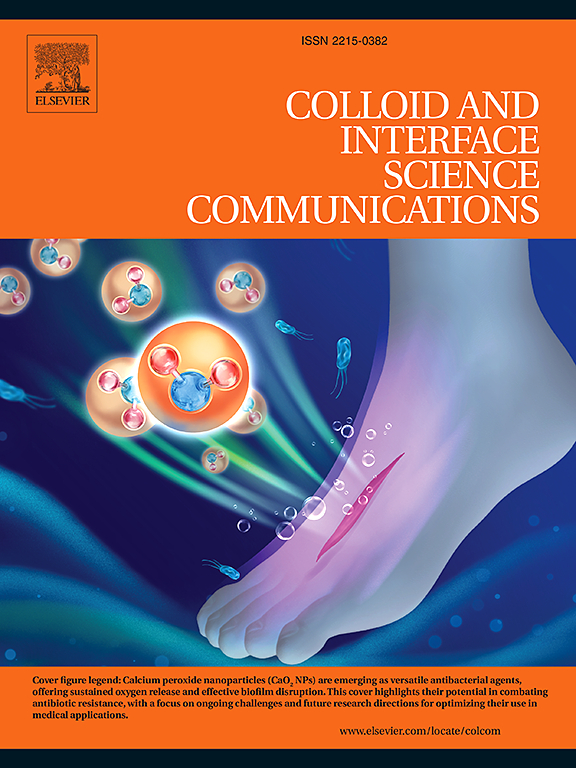Enhanced microbiologically influenced corrosion resistance of 5Cr pipeline steel in the presence of Shewanella oneidensis MR-1
IF 4.7
3区 材料科学
Q2 CHEMISTRY, PHYSICAL
引用次数: 0
Abstract
Novel Cr-alloyed pipeline steels were developed, demonstrating exceptional resistance to microbiologically influenced corrosion (MIC). Particularly, the 5.0Cr steel exhibited remarkable mechanical properties with ultimate tensile strength reaching 878 MPa (1.25-fold higher than conventional X80 steel) while maintaining the elongation. In Shewanella oneidensis MR-1-containing environments, 5.0Cr steel displayed significantly lower corrosion metrics: weight loss (0.8 ± 0.3 mg cm−2 vs. 18.1 ± 2.9 mg cm−2 for X80 steel) and maximum pit depth (4.9 μm vs. 18.8 μm). This enhanced MIC resistance stems from a Cr-rich oxide layer that simultaneously inhibits bacterial adhesion (50 % biofilm thickness reduction) and restricts extracellular electron transfer (EET), as evidenced by 14-fold higher charge transfer resistance (30 kΩ cm2 vs. 2 kΩ cm2 for X80 steel). The findings establish a dual-protection mechanism through interfacial engineering of pipeline steel surfaces.

希瓦氏菌MR-1对5Cr管线钢耐腐蚀性能的影响
新型的铬合金管线钢被开发出来,表现出优异的抗微生物影响腐蚀(MIC)能力。在保持伸长率的同时,5.0Cr钢的抗拉强度达到878 MPa,是普通X80钢的1.25倍。在含有希瓦氏菌mr -1的环境中,5.0Cr钢的腐蚀指标显著降低:重量损失(0.8±0.3 mg cm - 2, X80钢为18.1±2.9 mg cm - 2)和最大坑深(4.9 μm, X80钢为18.8 μm)。这种增强的MIC抗性源于富cr氧化层,它同时抑制细菌粘附(生物膜厚度减少50%)并限制细胞外电子转移(EET),如14倍的电荷转移电阻(30 kΩ cm2比X80钢的2 kΩ cm2)所证明的那样。研究结果通过管道钢表面的界面工程建立了一种双重保护机制。
本文章由计算机程序翻译,如有差异,请以英文原文为准。
求助全文
约1分钟内获得全文
求助全文
来源期刊

Colloid and Interface Science Communications
Materials Science-Materials Chemistry
CiteScore
9.40
自引率
6.70%
发文量
125
审稿时长
43 days
期刊介绍:
Colloid and Interface Science Communications provides a forum for the highest visibility and rapid publication of short initial reports on new fundamental concepts, research findings, and topical applications at the forefront of the increasingly interdisciplinary area of colloid and interface science.
 求助内容:
求助内容: 应助结果提醒方式:
应助结果提醒方式:


